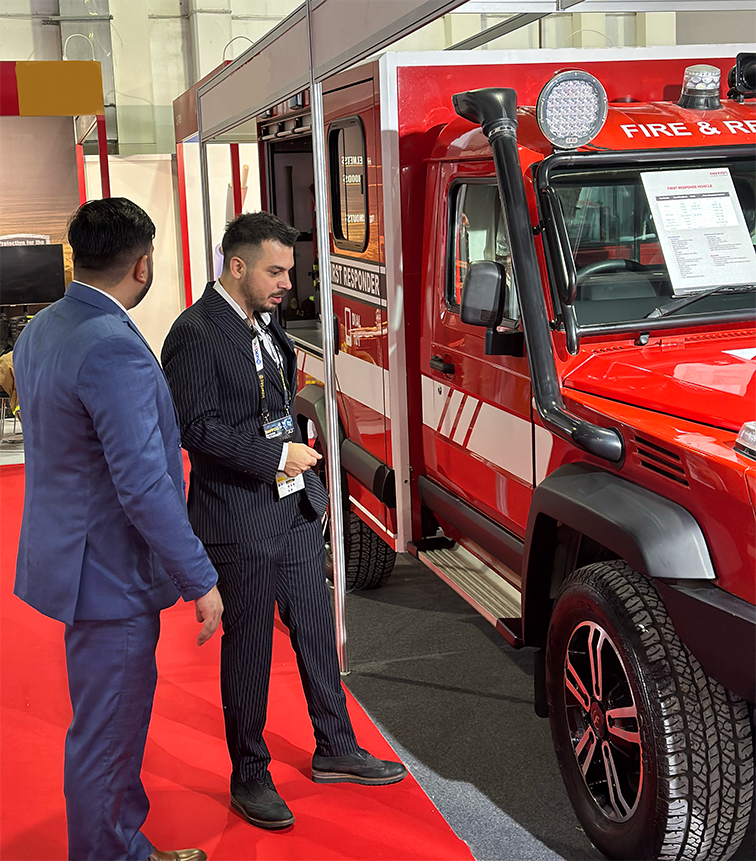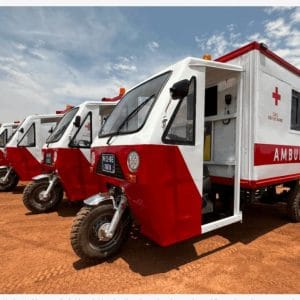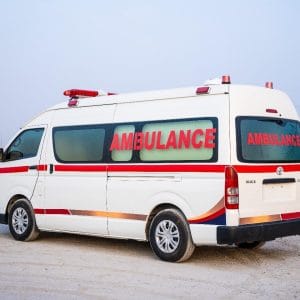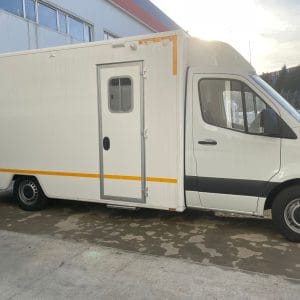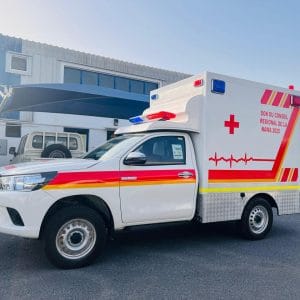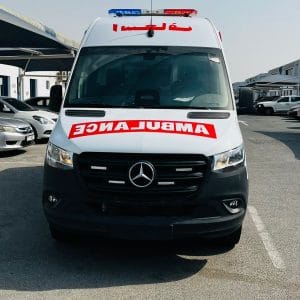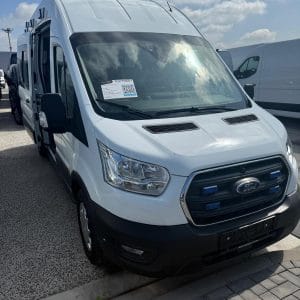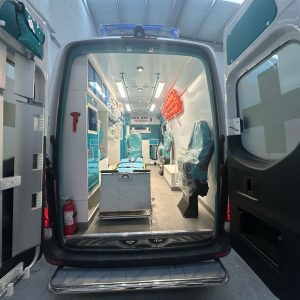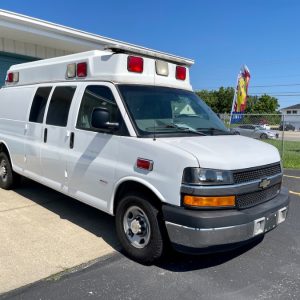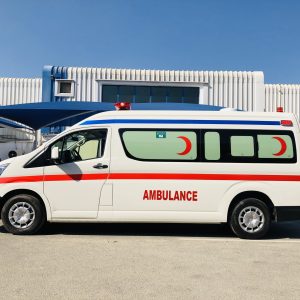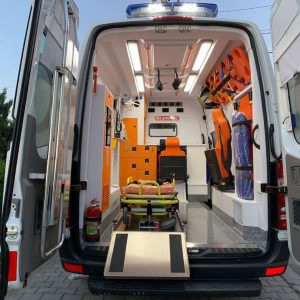Fire Truck Specs: Decoding the Technical Requirements for Modern Firefighting Fleets; Equipping a fire department is a monumental task that balances power, precision, and practicality. The technical specifications for firefighting vehicles are not arbitrary; each requirement is meticulously designed to ensure crews can respond effectively to emergencies, from urban fires to remote wilderness blazes.
This guide breaks down the critical fire truck specs from a recent large-scale procurement, highlighting what makes each vehicle type essential for a complete community safety fleet.
Why Detailed Fire Truck Specs Matter
Beyond the iconic red paint and flashing lights, a fire truck is a highly sophisticated mobile command and suppression unit. Precise specifications ensure:
- Performance & Power: Enough engine torque and horsepower to navigate steep terrain fully loaded.
- Safety: Features like ABS brakes, stability control, and robust lighting protect the crew en route.
- Operational Efficiency: The right pump capacity, hose length, and tank size determine how quickly and effectively a fire can be attacked.
- Durability: Heavy-duty chassis and corrosion-resistant materials guarantee a long service life in harsh conditions.
- Interoperability: Standardized couplings (like BS or NH) ensure equipment from different vehicles can work together seamlessly.
A Deep Dive into Key Fire Truck Specifications
1. The Water Carriers: 7,000L to 20,000L Tankers
The backbone of any fleet, these trucks are designed for sheer water capacity and pumping power.
- Chassis & Engine: Built on heavy-duty 4×2 or 6×4 chassis with GVWRs from 15,000 kg to over 32,000 kg. They are powered by high-torque diesel engines (min. 240 HP to 400 HP) to handle the immense weight of a full water tank.
- Tank: Constructed from 4mm galvanized steel with internal baffles to prevent water surge. Capacities range from 7,000L for regional coverage to a massive 20,000L for major incidents.
- Pump System: The heart of the truck. PTO-driven pumps must deliver high flow rates (e.g., 2300-2700 L/min at 10 bar). Specs mandate multiple outlets (2.5″ and 1″), electric rewind hose reels with 60m of hose, and a full suite of adapters, nozzles, and valves for versatility.
- Critical Specs: Look for a split shaft PTO (min. 100 HP), air brakes, leaf spring suspension, and a standardized coupling system.
2. The Fast Intervention Vehicle: agility and Attack
This truck is the scalpel to the tanker’s hammer. Designed for rapid response and initial attack, it excels in narrow streets and rough terrain.
- Chassis: Based on a lighter 4×4 chassis (GVWR 4,500-6,000 kg) with a short wheelbase for superior maneuverability.
- Integrated Pump & Skid Unit: Features a dedicated gasoline engine powering a high-pressure pump capable of delivering various flows and pressures (e.g., 45gpm at 200psi). It includes an integrated foam system with a 20L tank and a 30m electric rewind hose reel.
- Equipment Loadout: Carries a comprehensive set of attack lines (1″ and 2″ hoses), suction hoses, a wide array of nozzles (including foam), and adapters to establish water supply from hydrants or other tankers.
3. The Advanced 10,000L Firefighting System (Lot 2)
This represents a top-tier, comprehensive firefighting unit, often meeting international standards like DIN EN1028.
- Superstructure: Features an anodized aluminum body, which is lightweight, corrosion-resistant, and allows for flexible locker configuration. It includes multiple storage compartments with roller shutters and a safe, illuminated working deck.
- Advanced Pump & Monitor: A rear-mounted, multi-stage centrifugal pump (bronze construction for corrosion resistance) delivers both high volume (3,000 LPM at 8 bar) and high pressure (250 LPM at 40 bar). A manual roof monitor provides a throw distance of over 60 meters.
- Comprehensive Equipment: This vehicle is a mobile fire station, carrying everything from ladders and hydraulic rescue tools (jaws of life) to generators, light masts, winches, and a vast array of hoses and nozzles.
4. Pickups and UTVs: Force Multipliers
These vehicles extend the reach and flexibility of the main fleet.
- Double Cabin Pickup (Firefighting): A 4×4 pickup fitted with a dedicated high-pressure pump skid unit. It includes a 100-gallon water tank, 5-gallon foam tank, a 30m electric rewind reel, and its own hose set. Essential for quick initial attacks and supporting larger units.
- Double Cabin Pickup (Utility): Configured for personnel and equipment transport, featuring winches and towing packages for logistical support.
- 4×4 UTV: The ultimate off-road access vehicle. Equipped with a ultra-high pressure (1200 PSI) pump skid, an 80-gallon water tank, and long hose reels (2x30m), it can reach fires in areas inaccessible to traditional trucks.
Beyond the Hardware: The Essential Support Specs
Technical specs also cover the total cost of ownership and operational readiness:
- Warranty: A minimum 12-month warranty on the entire vehicle is standard.
- After-Sales Support: Bidders must prove a robust local service network and guaranteed availability of spare parts for up to 15 years.
- Training: Suppliers must provide comprehensive operational and maintenance training in the local language (Arabic) on delivery.
- Safety & Identification: All vehicles include durable, weather-resistant vinyl stickers (as per provided designs) and full suites of emergency lights and sirens.
Conclusion: Specifying for Safety and Success
Understanding fire truck specs is about more than comparing numbers; it’s about understanding mission profiles. A 20,000L tanker is a water fortress for industrial fires, while a nimble UTV with a high-pressure pump is a lifesaver for wildland-urban interface fires.
By meticulously specifying chassis ratings, pump capacities, material quality, and long-term support, municipalities and disaster response agencies don’t just purchase vehicles—they invest in a resilient, interoperable, and life-saving ecosystem designed to protect communities for decades to come.
Keywords Integrated: Fire Truck Specs, Firefighting Vehicle Specifications, 7000L Water Tanker, 10,000L Fire Truck, 20,000L Fire Tanker, Fast Intervention Vehicle, Fire Pump Specifications, BS Coupling, NH Coupling, PTO Pump, Diesel Fire Engine, 4×4 Fire Truck, UTV Firefighting, After-Sales Support Fire Equipment, Fire Hose Specifications.


